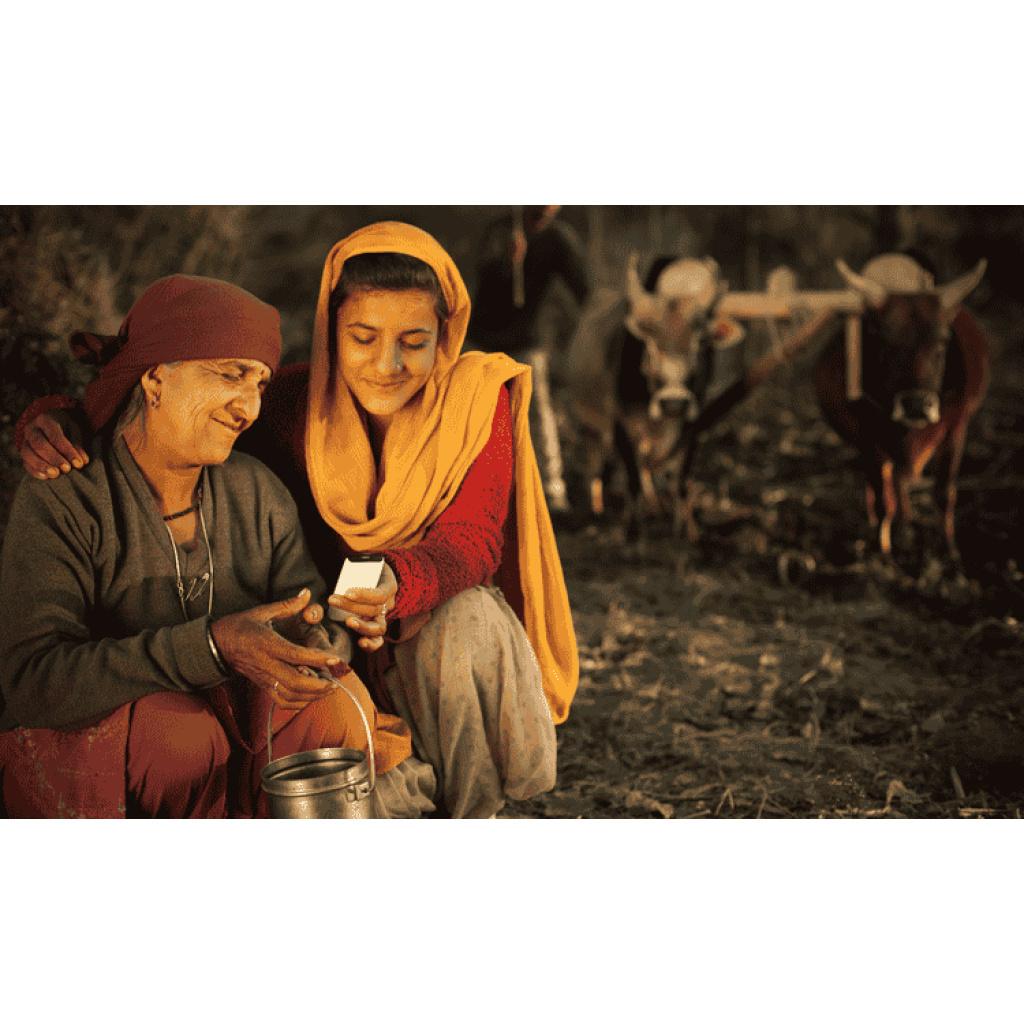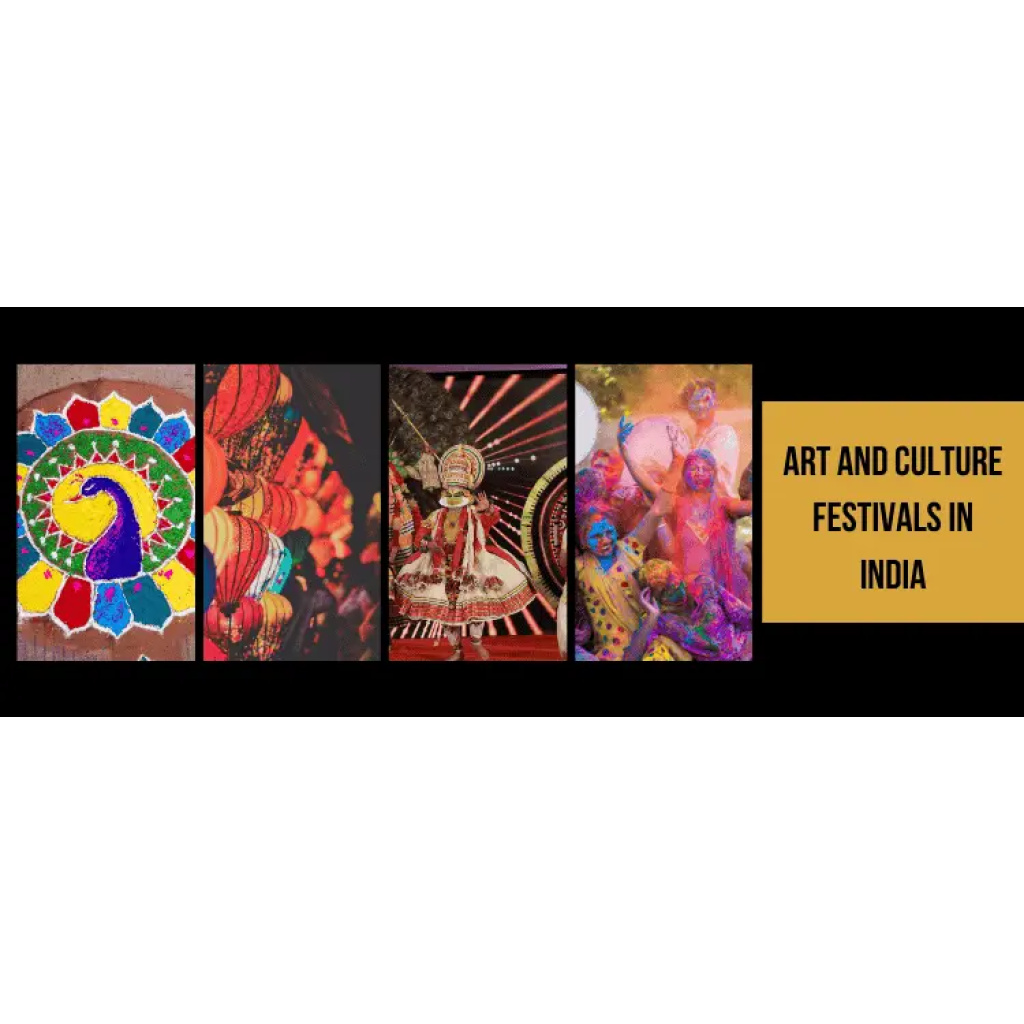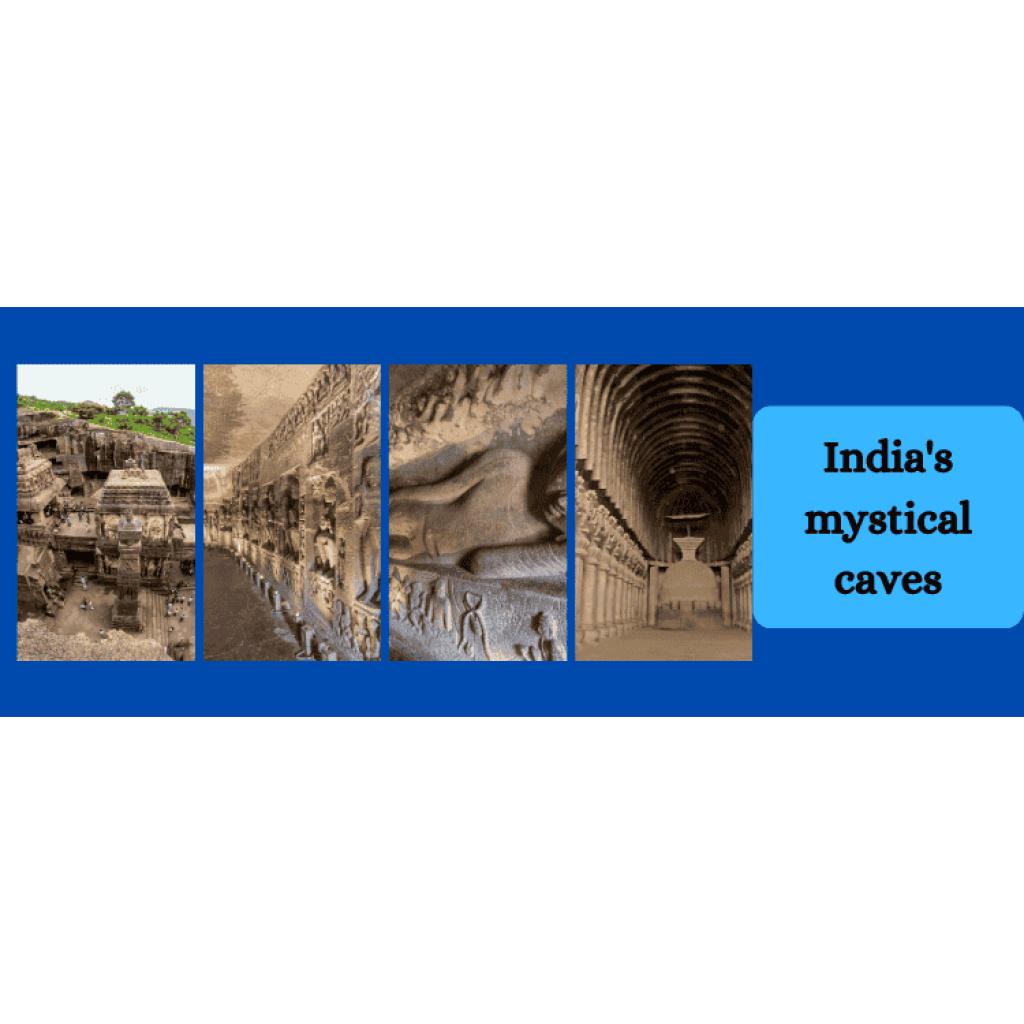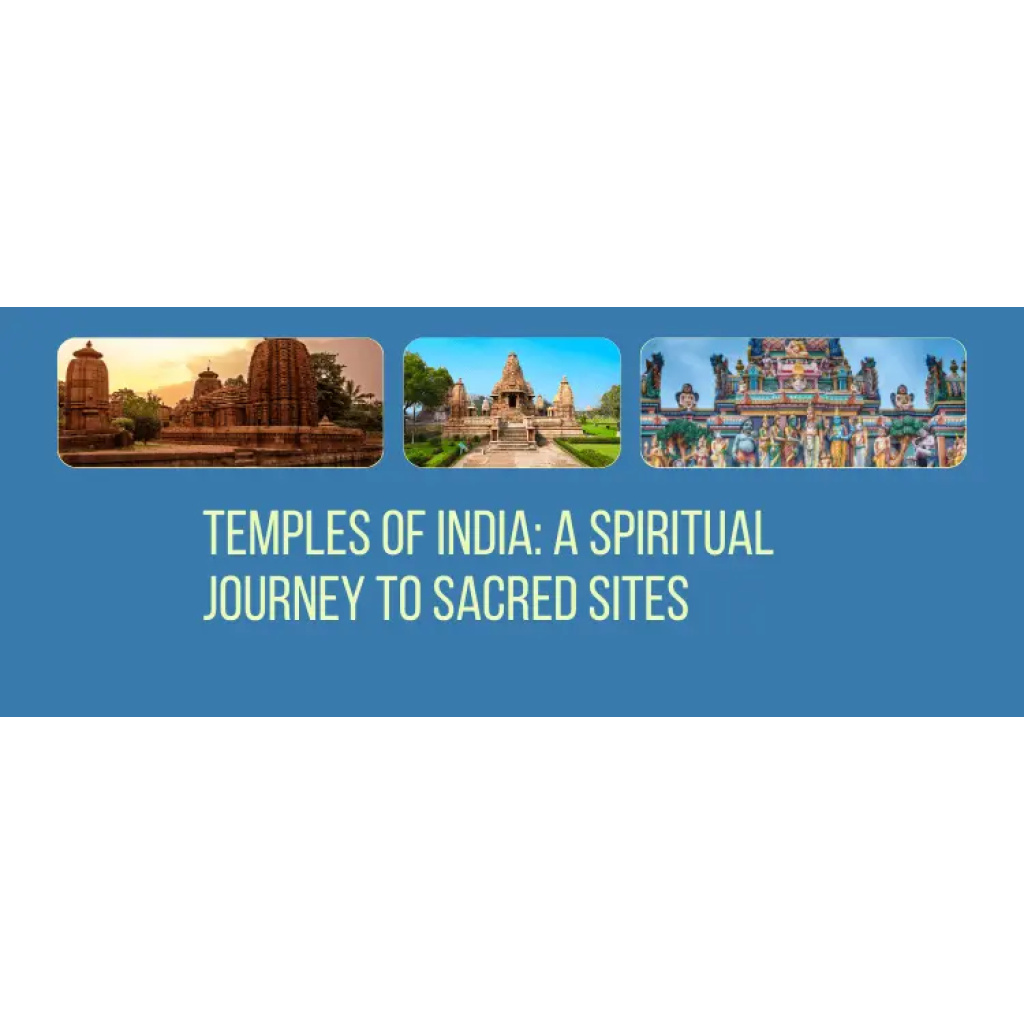Ultimate Guide to the Best Beaches in Japan: Where to Swim, Surf, and Relax This Year
When people think of Japan, they often imagine bustling cities, majestic temples, or cherry blossoms in full bloom. But did you know Japan is also home to some of the most breathtaking beaches in the world? Japan is home to many stunning beaches, from the tropical beauty of Okinawa to the scenic shores on the mainland. Some of the best beaches in Japan include Yonaha Maehama Beach on Miyako Island, Nishihama Beach on Hateruma Island, and Shirahama Beach in Wakayama Prefecture. With expansive coastlines stretching across its islands, Japan offers beaches that cater to every kind of traveler, from energetic surfers to those who wish to unwind on serene, sandy shores. If you’re dreaming of the ultimate beach getaway, this guide will take you through the best beaches Japan has to offer in 2025. Whether you’re planning to swim, surf, or simply relax, here’s everything you need to know. Hokkaido Beaches Why Visit Hokkaido’s Best Beaches in Japan Hokkaido, Japan’s northernmost island, is known for its unspoiled natural beauty. Unlike the tropical beaches of Okinawa, Hokkaido boasts a cooler climate and quieter shores, making it ideal for those who prefer peaceful retreats. For more detailed travel advice, check out this handy guide on Japan Golden Week 2025 Must-Visit Beaches 1. Shimamu Beach Nestled within the Shakotan Peninsula, Shimamu Beach stands out with its crystal-clear turquoise waters and jagged rocky coastline. This hidden gem is perfect for adventurers looking to escape the crowds. 2. Otaru Dream Beach Popular among locals for its energetic vibes, this beach is famous for its camping spots and occasional evening beach parties. It offers a unique mix of relaxation and fun. Activities to Try Shell collecting and exploring tide pools Taking in the dramatic coastal scenery while enjoying cooler weather Tohoku Beaches Exploring Tohoku’s Coastline The rugged coastline of Tohoku showcases Japan’s pristine beauty. The region is less touristy, making it ideal for photographers and those seeking tranquility and better weather in Japan. Recommended Spots on Best Beaches in Japan 1. Jodogahama Beach Known as “Pure Land Beach,” Jodogahama features calm, shallow waters surrounded by striking white rock formations. It’s ideal for families with young children. 2. Sendai Coast This long, sandy stretch is perfect for long walks and offers excellent opportunities for beach photography. Things to Do Capture the natural beauty with your camera Enjoy hiking trails near Jodogahama for stunning cliffside views Kanto Beaches Beaches Near Tokyo If you’re short on time but still want to soak up the sun, Kanto’s beaches are just a short trip from Tokyo. Accessible and stunning, these beaches are a favorite among city dwellers. Best Picks 1. Yuigahama Beach Located near the historic city of Kamakura, Yuigahama offers a laid-back atmosphere with numerous nearby cafes and shops. It’s great for a relaxed family outing. 2. Onjuku Beach This picturesque location is a haven for beginner surfers, offering consistent, gentle waves and surf schools for first-timers. Top Activities Try beginner-friendly surf lessons Relax at beach cafes while soaking in coastal views Chubu Beaches Serene and Scenic Escapes Chubu’s beaches offer peaceful alternatives for those seeking to escape the crowds. These hidden gems combine natural beauty with unique experiences. Don’t Miss These Beaches 1. Chirihama Nagisa Driveway A one-of-a-kind experience! This beach allows vehicles to drive along its sandy shoreline, letting you enjoy the coast in a completely new way. 2. Wakasa Wada Beach Recognized with Blue Flag certification for its clean and eco-friendly environment, it’s a favorite for eco-conscious travelers. Perfect For Relaxing in a less crowded environment Exploring eco-friendly travel destinations Kansai Beaches A Local Favorite The Kansai region offers an enticing mix of vibrant beach scenes and cultural travel opportunities. It’s the perfect destination for those looking to combine sun-soaked relaxation with sightseeing. Beaches to Explore 1. Suma Beach Located near Kobe, this lively beach seamlessly blends swimming spots with nightlife, making it a fun destination for families and groups alike. 2. Shirahama Beach Famous for its white sand and proximity to hot springs, Shirahama Beach is both relaxing and therapeutic. Don’t Miss A stroll along Shirahama’s iconic beaches Combining your trip with nearby cultural highlights like Osaka or Nara Shikoku Beaches Coastal Hidden Gems Shikoku’s beach scene offers a quieter escape, ideal for surfers and explorers alike. With its unspoiled landscapes and smaller crowds, this region feels refreshingly untouched. Notable Picks 1. Katsurahama Beach A must-see for its picturesque surroundings and cultural significance, this beach is beloved by locals and travelers alike. 2. Ikumi Beach One of Japan’s premier surfing spots, Ikumi Beach, is a year-round haven for wave enthusiasts. Activities Join one of Shikoku’s legendary surfing competitions Hike along the rugged coastal trails Kyushu Beaches Tropical Vibes on Mainland Japan Kyushu’s beaches bring a slice of the tropics to mainland Japan. The island’s warm waters and rich biodiversity make it an ideal destination for water sports and marine exploration. Top Spots 1. Amami Oshima’s Ohama Seaside Park Pristine and uncrowded, this beach offers a serene escape from city life. Its soft sands and crystal-clear waters are ideal for relaxation. 2. Nishihama Beach This snorkeling paradise invites ocean lovers to explore its vibrant reefs and underwater wildlife. Best For Marine life enthusiasts seeking exceptional snorkeling opportunities Travelers in search of tropical serenity Okinawa Beaches Japan’s Tropical Paradise Okinawa is Japan’s crown jewel when it comes to tropical beaches. Known for its coral reefs and lush landscapes, it offers an exotic getaway within the country. Must-See Beaches 1. Miyakojima’s Yonaha Maehama Beach Often called “the most beautiful beach in Japan,” Yonaha Maehama’s powdery white sands and calm waters create a postcard-perfect scene. 2. Kerama Islands Beaches These beaches are a paradise for snorkelers, boasting vibrant coral reefs just a few meters from the shore. Highlights Scuba and snorkeling adventures near coral reefs Sun-soaked relaxation under swaying palm trees Tips for Visiting Best Beaches in Japan Local Beach Etiquette Some Japanese beaches have specific rules, such as










